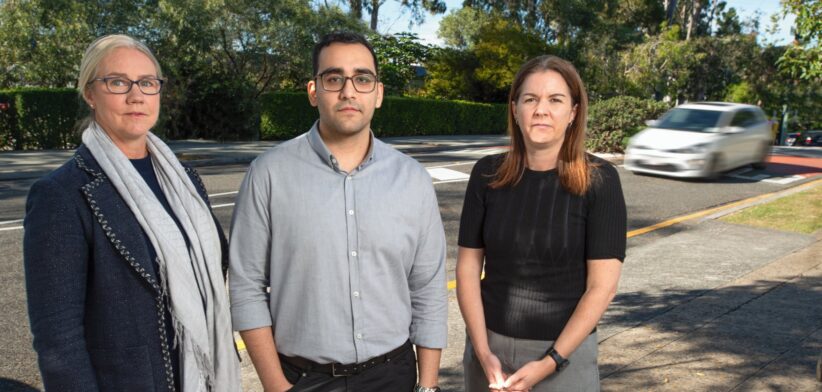A focus on cracking down on mobile phone use while driving has overlooked the need to make drivers aware of the many other forms of distraction while behind the wheel.
Researchers from QUT joined the Centre for Accident Research and Road Safety – Queensland (CARRS-Q) to critically investigate the official distraction-related information and road rules for car drivers in Australia.
QUT PhD student Sina Rejali said “distracted driving” referred to any activity that diverted the driver’s attention from safe driving.
He said distracted driving was one of the leading cause of crashes, even in countries with advanced road safety systems like Australia.
“Governments in Australia often use public education campaigns and road rules as countermeasures to address distracted driving, but these may not effectively deter distracted driving.
“There is a general lack of understanding about the risks associated with driver distractions.”
Mr Rejali said the study found official information and road rules about distracted driving predominantly focused on mobile phone use.
He said some sources of distraction, particularly internal distractions such as medical impairments and external distractions like advertising billboards, were overlooked or received limited attention.
“And the information does not adequately address the specific needs of certain road users, such as young and inexperienced drivers,” Mr Rejali said.
Mr Rejali said guidelines for safe interaction with some in-vehicle distractions were inconsistent across jurisdictions.
“The rules around modern gadgets such as smartwatches, computer-driven advanced driving assistance systems, and even travelling with pets that are strapped in or not, are subject to differing rules across the various jurisdictions.”
He said general rules regarding distracted driving, such as those related to careless driving, lacked specificity.
“The results of this investigation highlight the need for a more holistic approach to managing driver distractions.
“Information on sources of distraction should be provided for drivers in a more comprehensive way to cover the different aspects of distracted driving.
He said the Information should be tailored to specific road user groups, such as young drivers.
“At the moment both the content and its delivery may not be completely effective in helping young drivers understand the range of distracted driving behaviours and their consequences.”








